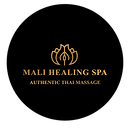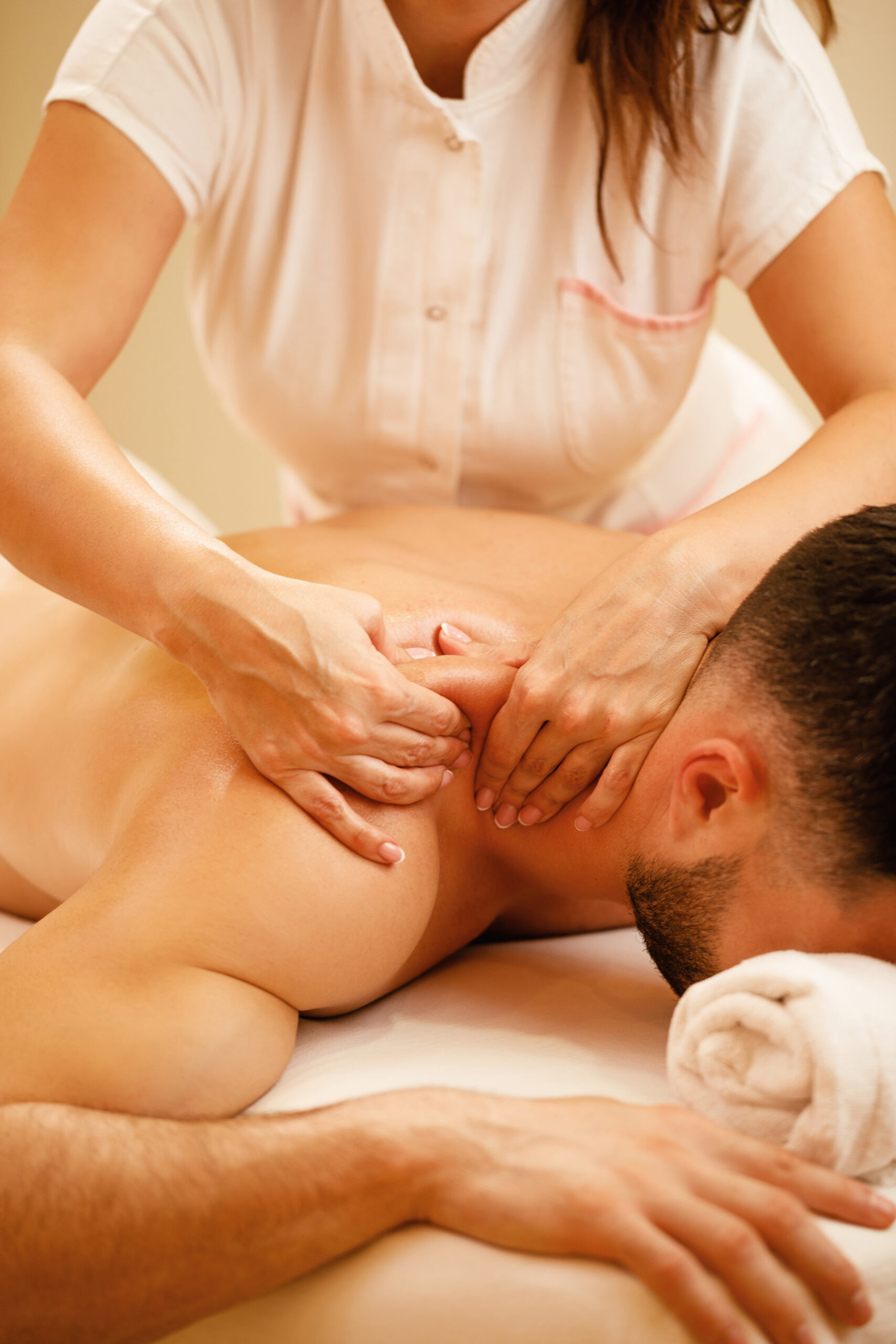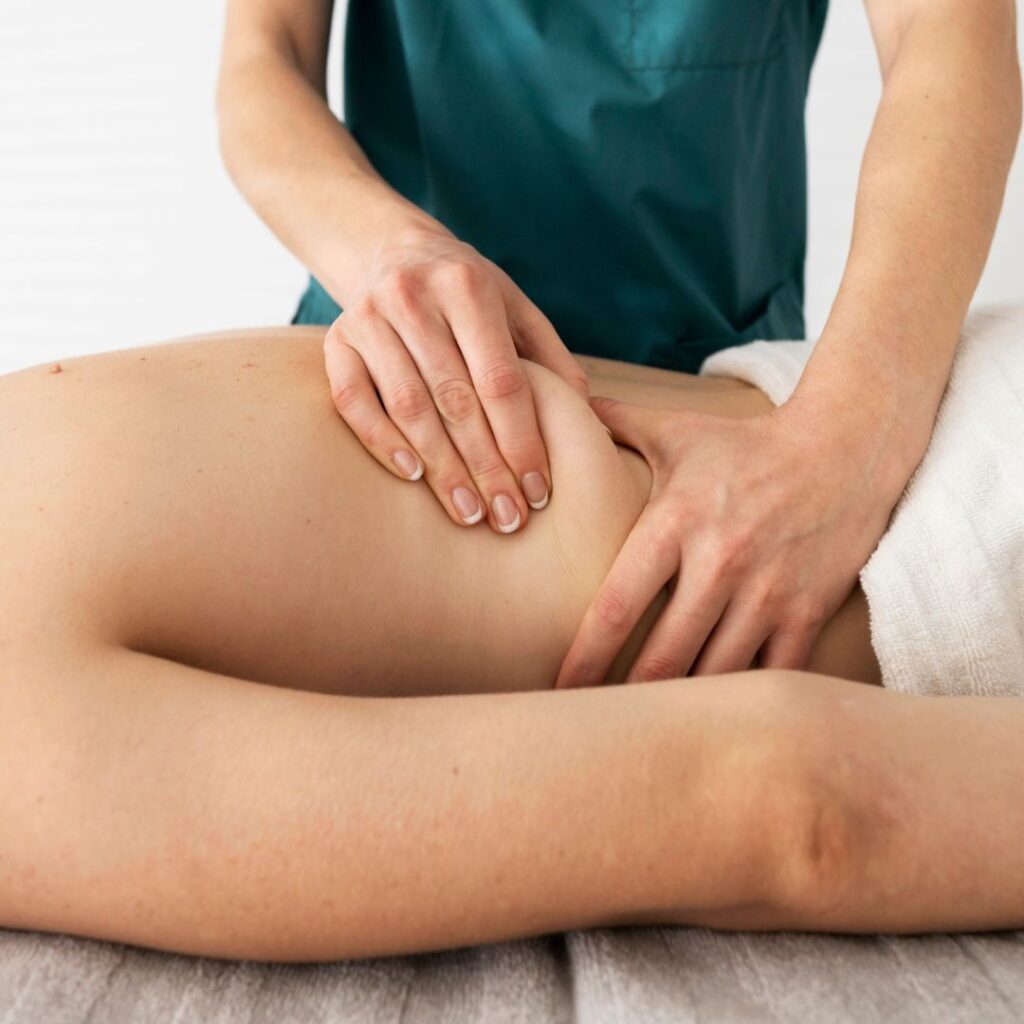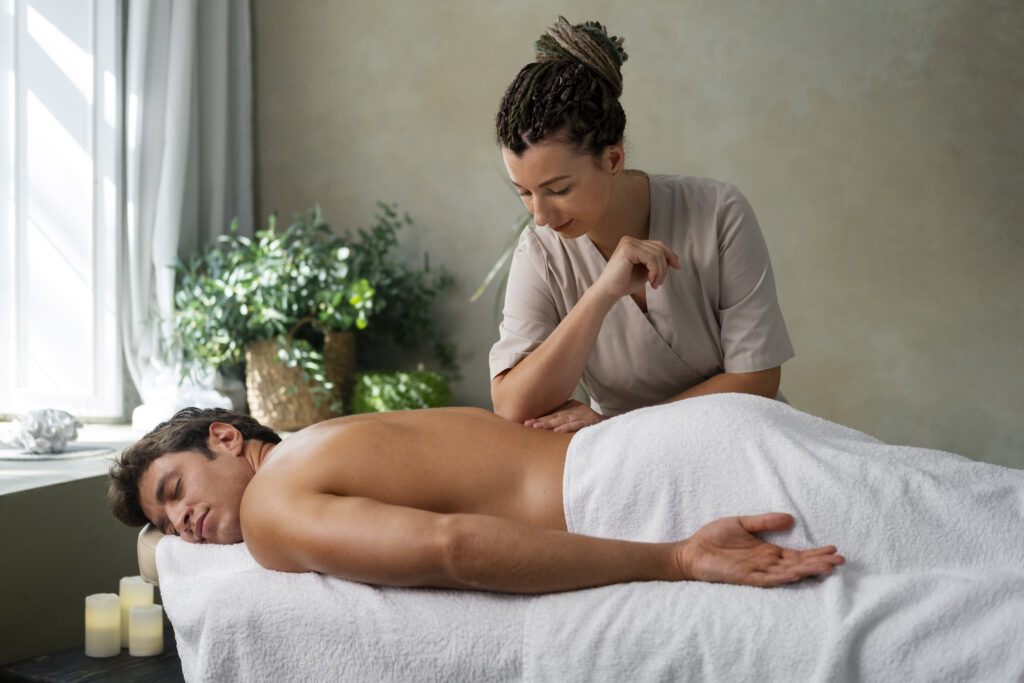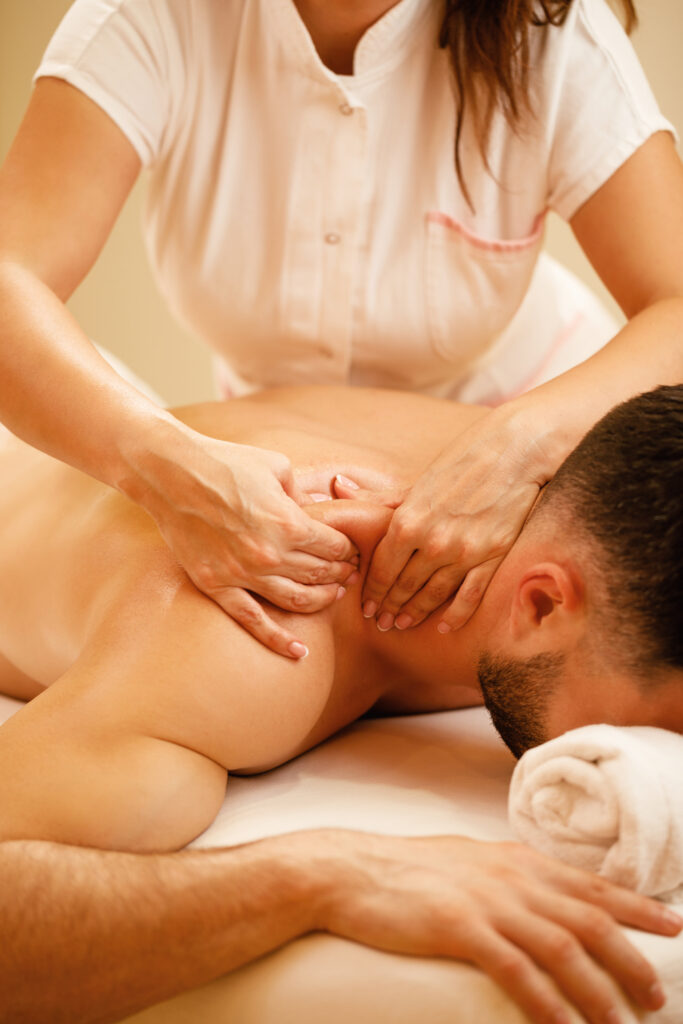
Do You know? In 2025, the deep tissue massage segment is projected to account for 44.5% of the global massage therapy services market share, making it the single largest category in the field.
This shows just how popular and effective this therapy has become worldwide. And in a busy city like New York, where stress, long work hours, and physical demands are part of daily life, the demand for deep tissue massage NYC services is higher than ever.
Unlike a standard relaxation massage, deep tissue goes deeper. It focuses more on reaching the underlying muscle layers and connective tissues. For people who sit at desks all day, athletes who push their limits, or couples seeking relaxation together at a couple spa and massage, this therapy offers powerful results. If you’ve been searching for deep tissue massage near me or even exploring add-ons like hot stone massage therapy, this guide will show you exactly what to expect before, during, and after your session.
Benefits of Deep Tissue Massage
Deep Tissue Massage is more than just stress relief. Below are some of the benefits. Let’s check it out:
1. Relaxation
Even though the massage involves strong pressure, it ultimately helps your body and mind relax. The pressure stimulates the parasympathetic nervous system that reduces stress hormones. This deep relaxation form is much-needed in the bustling NYC where individuals may have to work in various jobs or have a lengthy commuting process.
2. Reduce Pain
Chronic pain is common problem in the new york city. Neck strain from laptops, lower back pain from long hours sitting, or shoulder tension from carrying heavy bags. A deep tissue massage directly addresses these issues by targeting knots and adhesions. If you’re looking for the best neck massage NYC, deep tissue work is often recommended because it relieves stiffness where most people carry stress.
3. Improves Blood Circulation
Massage therapists use long, firm strokes that push fresh blood into tight, congested muscles. Better circulation means oxygen and nutrients flow freely, speeding up healing and reducing fatigue. For office workers who sit for hours, improved blood flow can prevent leg cramps and muscle fatigue.
4. Lowers Blood Pressure and Heart Rate
Many research has revealed that massage therapy reduces the systolic and diastolic blood pressure. Deep tissue massage has a natural way of relaxing the cardiovascular system by lowering tension and stress hormones. It is useful for those people who are dealing with stress-related hypertension.
5. Helps With Healing After Injuries
Athletes, fitness enthusiasts, and runners in NYC often use deep tissue therapy for recovery. This massage helps them to break down scar tissue, improves flexibility, and speeds up healing. Most of the sports rehabilitation centers in the city recommend deep tissue massage as part of post-injury recovery plans.
6. Increase Range of Motion
Deep tissue massage can be used in case you feel stiff while stretching or turning your head. It will loose tight muscles and connective tissue, so that you notice better movement. For dancers, gym-goers, or even people who sit hunched over computers, this improvement in flexibility can be life-changing.
7. Improves Overall Health
Regular sessions usually go beyond pain relief. The majority of people claim fewer headaches, deeper sleep, improved posture, and even better focus at work. Since health in NYC often suffers due to stress and fast-paced living, incorporating deep tissue massage into a wellness routine can balance both body and mind.
Core Techniques That Are Used In Deep Tissue Massage
Massage therapists in NYC use a mix of specialized techniques that depends on your body’s needs:
- Stripping
Firm, gliding pressure applied along the length of the muscle fibers. This technique is mostly used to “strips out” knots and lengthens tight muscles. It’s best for back pain and leg stiffness. - Cross-Fiber Friction
Short, firm strokes are applied across the muscle fibers rather than along them. This assists in breaking adhesions and scar tissue that makes it effective with old injuries or strain repetition. - Trigger Point Therapy
Trigger points are “knots” that send pain to other areas (for example, a knot in your shoulder can cause headaches). In this the therapist applies focused pressure on those points, releasing tension and reducing referred pain. - Myofascial Release
The fascia, which is the layer of connective tissue surrounding muscles that becomes tight and restrict movement. The techniques of myofascial release involve a form of slow sustained pressure to unablish restrictions and enhance movement. It is recommended to those who are stiff in every part of their body. - Kneading (Petrissage)
This involves lifting, rolling, and squeezing the muscles. It warms up the tissues, increases circulation, and prepares the muscles for deeper work. - Vibrations
Gentle shaking movements or vibrations can even soothe the nervous system and relax the muscles. It is often used at the end of the massage, so that while leaving you feel light and balanced.
What to Expect During a Session in NYC
Every NYC massage studio is different, but most follow a similar flow. Here’s a step-by-step idea of what happens:
a.) Before the Massage
1. Intake Form and Health History
You will be asked to fill out the form that covers the whole detail of your health, pain points, and any injuries. Be honest and detailed with the therapist. If you have medical conditions or are recovering from surgery, your therapist needs to know.
2. Communication with the Therapist
Here the therapist will ask few questions from you such as:
a.) Do you want light, medium, or strong pressure?
b.) Are there areas you want to avoid?
c.) What are your goals—relaxation, pain relief, injury recovery?
Clear communication makes sure your session is effective and comfortable.
b.) During the Massage
1. Room Environment
Massage studios in NYC mainly provide a calm environment with dim lighting, soothing music, and heated tables. Some spas may offer aromatherapy, while others might include choices such as hot stone massage therapy. If you’re booking a couple spa and massage, expect a shared room with two tables so you and your partner can relax together.
2. Pressure Intensity
Deep tissue massage applies strong pressure. Sometimes, it may feel a bit intense, when you are working on knots. But it should never cross into unbearable pain. Always let your therapist know whether the pressure feels too much. A good therapist will adjust to your tolerance level.
3. Breathing Techniques
You may be reminded to breathe deeply when a tight area is being worked on. Deep breathing reduces tension and makes it easier for your muscles to release.
c.) After the Massage
1. Possible Soreness and Hydration
After a deep tissue massage, it is normal to experience being sore like muscles after a hard workout. When you drink plenty of water it will help you to flush out lactic acid and toxins from the body. This will reduce soreness and speeds up recovery.
2. Importance of Rest and Follow-Up Care
Do not jump straight into heavy workouts after the session. Allow your body to take some rest to recover. Mild stretching or a light walk the next day can help. People those who are suffering with chronic issues, regular sessions every 2–4 weeks are more effective than occasional visits.
Conclusion
A deep tissue massage NYC experience is more than just self-care—it’s a practical investment in your health. Whether you’re dealing with chronic pain, recovering from an injury, or simply need to reset from the city’s fast pace, deep tissue massage can help.
It can be the most effective neck massage NYC has in case an individual wants to get specific relief. If you’re recovering from a sports injury or desk-related stiffness, searching for deep tissue massage near me can lead you to therapists who specialize in recovery. Couples can even enjoy their experience together at a couple spa and massage, while others may combine it with hot stone massage therapy for added relaxation.
Deep tissue massage isn’t just about feeling good for an hour. But it’s about improving long-term health, mobility, and overall well-being. This therapy offers a rare and powerful pause for your body as well as for the mind especially in a city that never slows down.
FAQ’s
Ques1. Is deep tissue massage the best neck massage NYC offers for chronic stiffness?
Ans. Yes! Deep tissue massage is often considered as the most effective technique for relieving neck stiffness that is caused due to poor posture, stress, or muscle knots.
Ques 2. How long does soreness last after a session?
Ans. Mild soreness can last 1–2 days, similar to how you feel after a workout. Staying hydrated helps reduce it.
Ques 3. Can deep tissue massage help with headaches and migraines?
Ans Yes. Tension in the neck and shoulders often causes headaches. Releasing those muscles can reduce frequency and intensity.
Ques 4. How will I find the best therapist for deep tissue massage near me?
Ans Look for licensed massage therapists with experience in deep tissue. Read reviews and ask for recommendations.
Ques 5. How long does a session usually last 60 or 90 minutes?
Ans Both options are available. A 60-minute session covers key areas, while 90 minutes allows for full-body deep tissue work.
